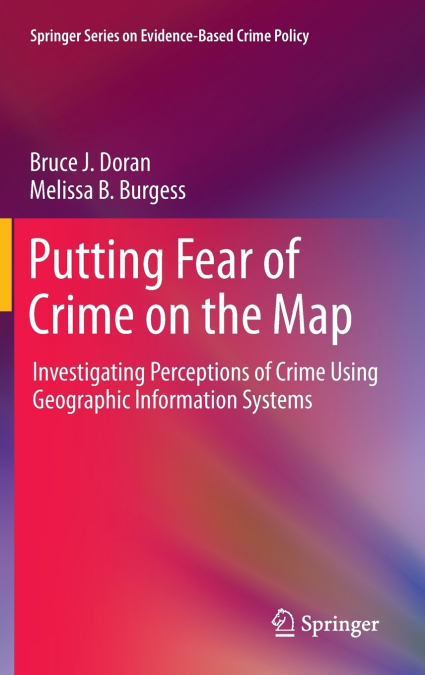
Bruce J. Doran / Melissa B. Burgess
Foreword and dedication Chapter 1: IntroductionThe emergence of fear of crime as an area of researchThe paradoxical nature of the fear of crimeResearch into the fear of crime in different sites and situationsCurrent trends in fear of crime research Chapter 2: Why is fear of crime a serious social problem?Individual reactionsHypothesised inks between the fear of crime, disorder and crimeEconomic impacts of behavioural responses to fear of crimeChapter review: problems not to be ignored and a need for spatially-explicit research Chapter 3: What causes fear of crime?Criminal opportunity and risk of victimisation theoriesDemographic theories explaining fear of crimeSocial theories explaining fear of crimeEnvironmental theories explaining fear of crimeChapter review: an opening for pertinent environmental studies Chapter 4: Managing fear of crimePolicing fear of crimeSocial solutions to fear of crimeEnvironmental design and fear of crimeChapter review: police, community and government cooperation Chapter 5: Investigating the fear of crimeDefining fear of crimeMeasuring fear of crimeAnalysing fear of crime dataChapter review: a new direction with avoidance mapping Chapter 6: The Wollongong Study The goals of the Wollongong study Research Setting Fear of crime survey and analysis Discussion of spatial outputsDiscussion of activity diary analysis: The discrepancy between emotion-based fear in relation to daily routines and global measures of fearIntegrating the key spatio-temporal findings with police and community initiatives in Wollongong: the degree of institutional involvement Assessments of techniques and approaches developed in the Wollongong Study Chapter 7: The Kings Cross StudyThe goals of the Kings Cross study Research SettingFear of crime survey and analysisResults and discussionThe dissonance between traditional global measures and crime-specific avoidance-based questionsWhere are people afraid of crime?Safe areas and cognitive barriersImplications for policy, planning and practice Chapter 8: Future avenues for fear mapping: potential applications and improvements Has collective avoidance behaviour change in Wollongong and Kings Cross? Investigating behavioral responses in relation to different types of crime Further avenues for investigating links between fear, crime and disorder Broken Windows theory in the transit context Fear mapping in and advances in spatial technology